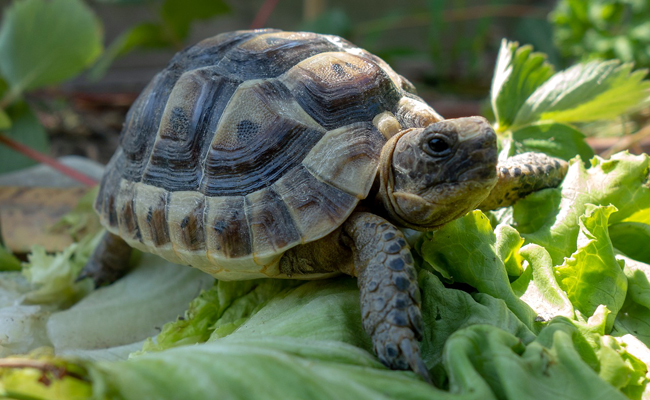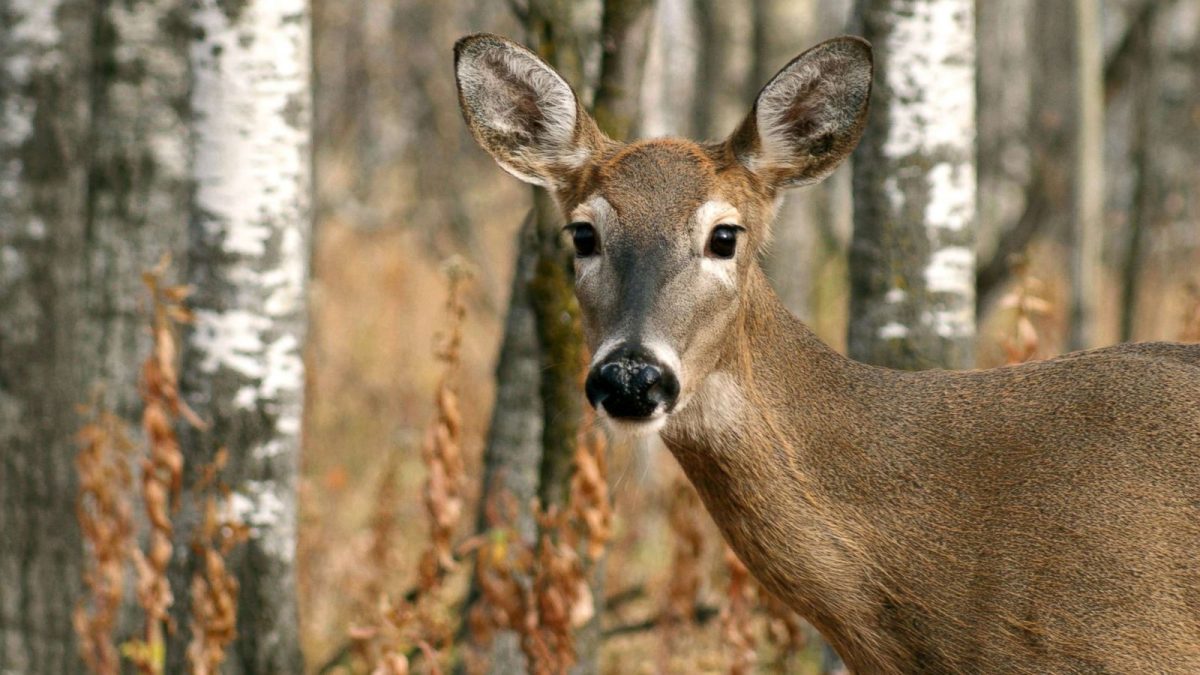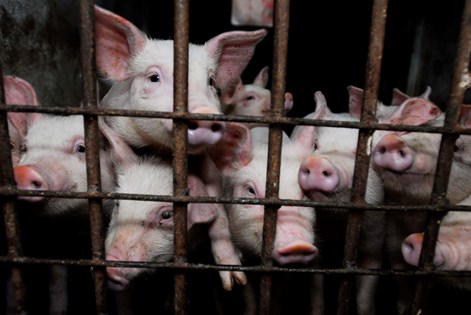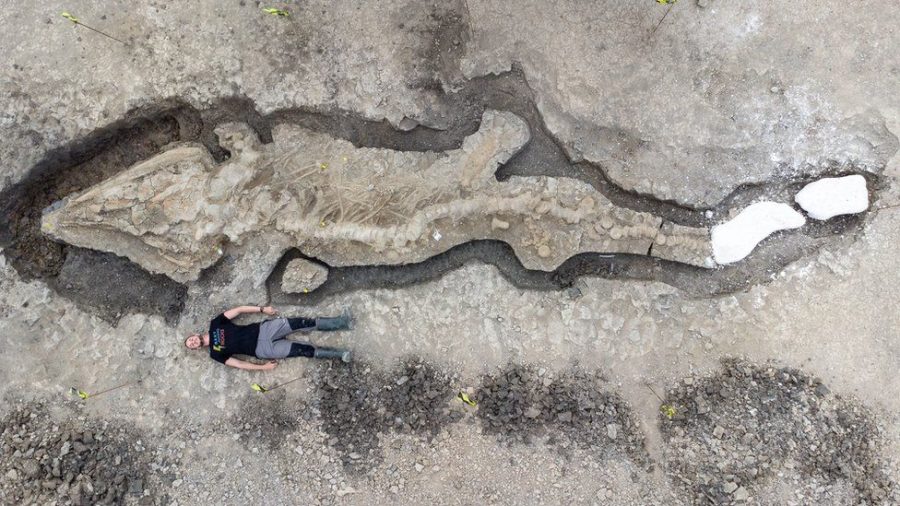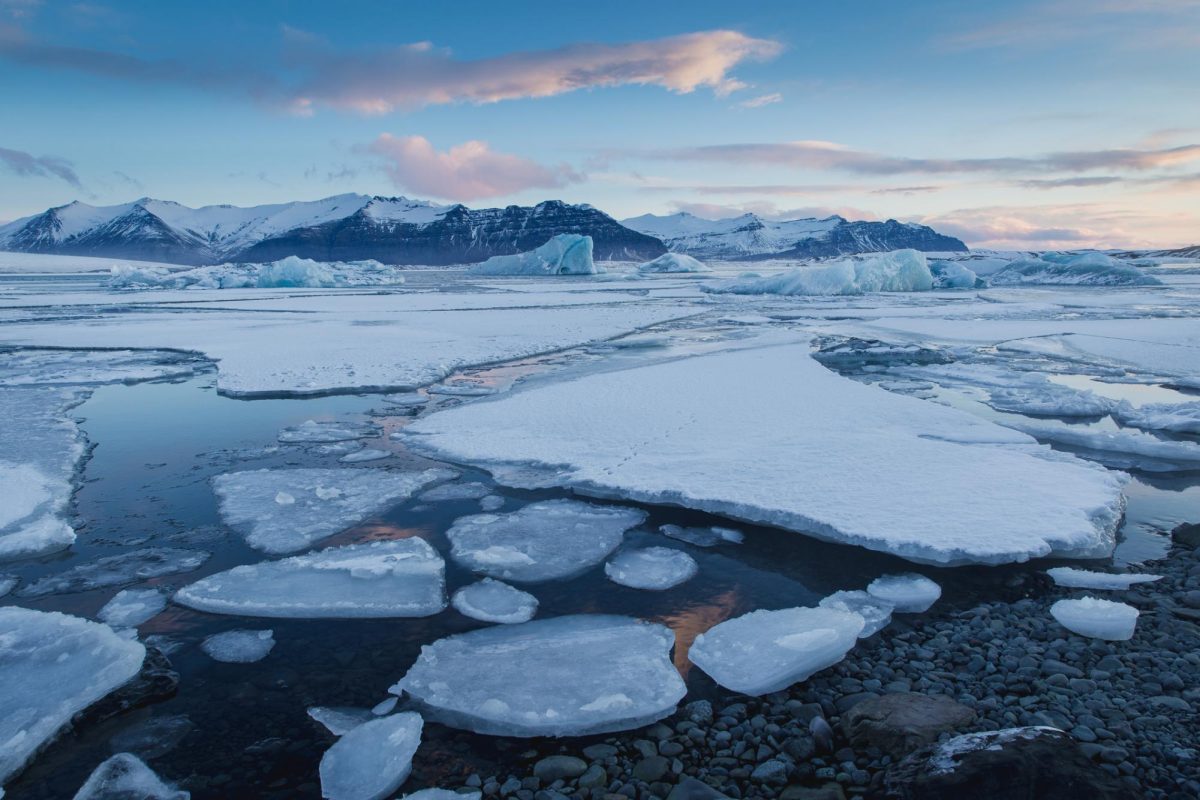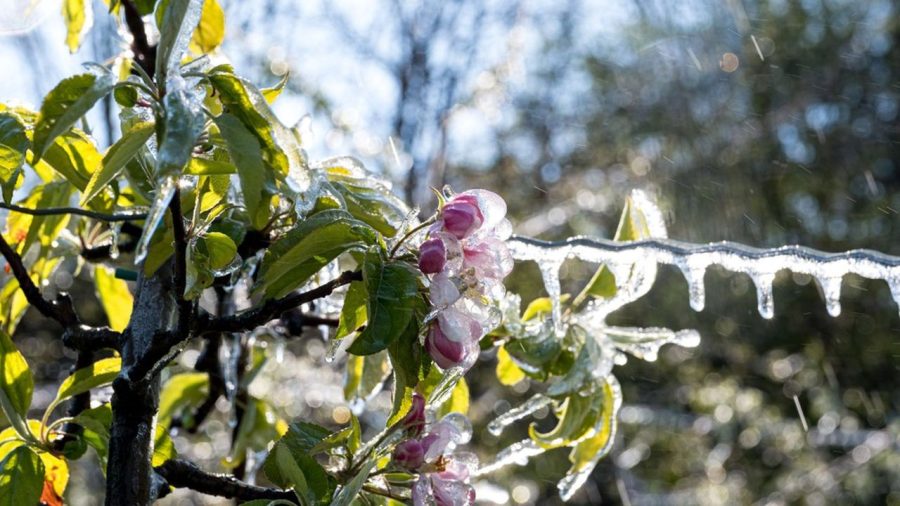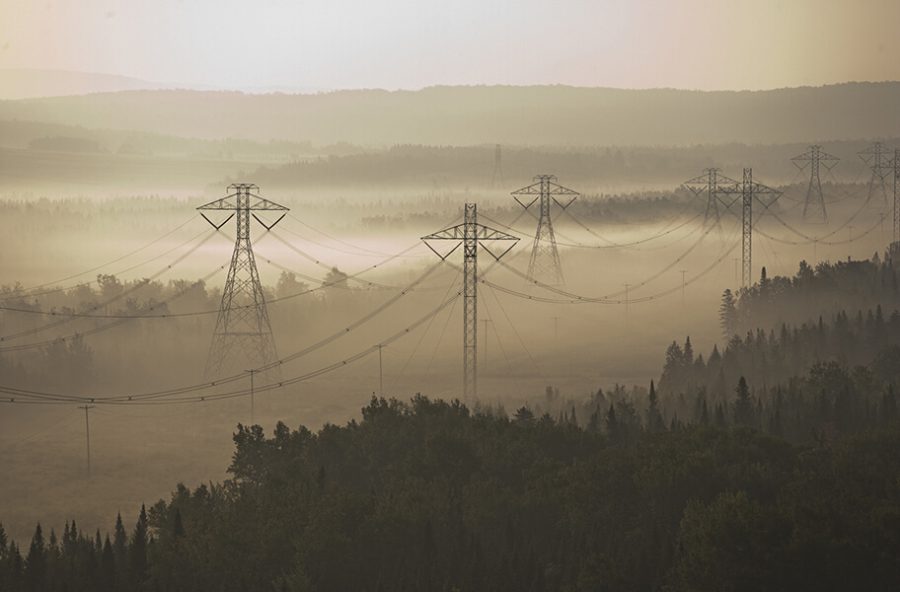A new study published by the scientific journal PLOS One has shown that climate change is influencing some animals to move north to cities in North America.
Due to climate change, some animals from cities in the subtropical east and the California coast in the United States are expected to migrate towards the north of the United States and some cities in Canada. Warmer and more humid, Ottawa, Winnipeg, and Quebec are the Canadian cities that are the most expected to see new species between 2081 and 2100 approximately. This is if climate change stays as bad as researchers think it is likely to be. “Thanks to our actions, it is possible to mitigate its effects”, says Alessandro Filazzola, the study’s lead author and assistant professor in the Department of Biology at Western University in Ontario . We might double our species but we won’t keep all the ones we originally have here. Edmonton, Toronto, Calgary, and Montreal should also expect some changes in biodiversity although they might be less extreme.
Turtles, mice, toads, pelicans, insects with wings, spiders, and scorpions are expected to be moving cities (scorpions should not come to Canada though). Alessandro Filazzola also says that the number of mosquitoes might increase and some of them might or might not carry diseases. Still, it is unclear whether they will transport it here or not. Moreover, Filazzola added that with climate change, Quebec and Ontario are seeing more opossums, which are sensitive to cold, this is a sign animal immigration is already starting.
As mentioned earlier, our cities will also lose species, although we will lose less animals than American cities. We should eventually notice fewer loons and less of the canid family like coyotes, wolves, and foxes. The amphibian family will be less present too, apart from toads.
Colleen St. Clair, a biology professor at the University of Alberta says: “This type of study will help cities better prepare for the arrival of greater biodiversity and the possible consequences of climate change to mitigate certain negative effects. She mentions in particular the spread of diseases transmitted by animals, which are more numerous in warmer and more humid climatic zones.”

